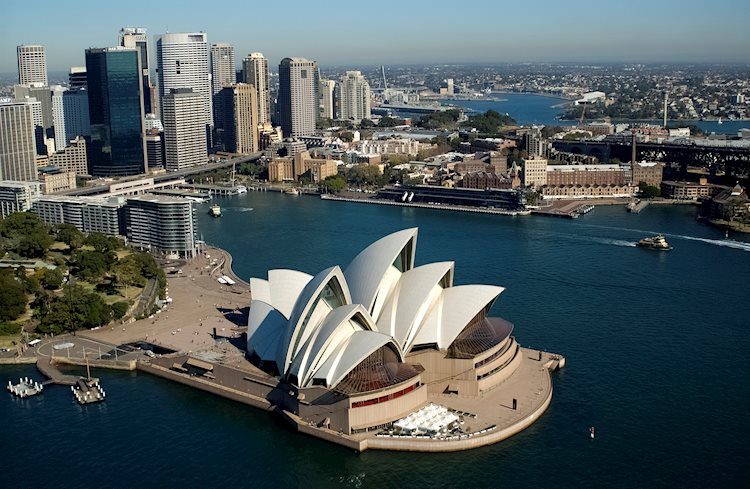The Australian Bureau of Statistics (ABS) will release the Monthly Consumer Price Index (CPI) Indicator for February on Wednesday, March 27 at 00:30 GMT and as we get closer to the release time, here are forecasts from economists and researchers of six major banks regarding the upcoming inflation data.
Monthly CPI is expected to grow at a higher pace of 3.5% against 3.4% in January. If so, it would be the first acceleration since September and would move further above the 2%-3% target range.
ANZ
We expect annual inflation in the monthly CPI indicator to rise slightly to 3.5% YoY in February from 3.4% YoY in January. This would be equivalent to a 0.2% MoM rise. All groups excluding volatile items and holiday travel are forecast to slow to 3.9% YoY from 4.1% YoY. A 0.2% MoM result would be in line with our Q1 headline CPI forecast of 0.5% QoQ, with March tending to be the most inflationary month in Q1.
Westpac
Westpac has pencilled in a 0.6% MoM rise in February, which should see the ABS publish a headline pace of 3.8% YoY, up from 3.4% in January. With February being the mid-month of the quarter we get an update on many services including the annual update on education prices. There is uncertainty around electricity where we expect a bounce as Government Energy Rebates come to an end.
TDS
We expect Feb monthly CPI inflation to edge lower to 3.4% YoY holding steady around this rate since Dec. Rents have been sticky but lower tradeables prices have proven to be a powerful disinflationary force. We doubt markets will overreact to a downside miss as the bigger picture still hangs around a very resilient labour market which may keep services inflation risks entrenched. We expect the RBA to echo a high-for-longer message and expect them to only cut in Nov.
SocGen
Monthly headline CPI inflation (year-on-year) for February will probably increase a bit from January. The rebound in oil prices (i.e., automotive fuel prices) is the most likely main driver for the rise in headline inflation, and the transport sector which includes automotive fuel will probably climb from 3.0% to c. 4%. Other major sectors are likely to decline modestly due to base effects (food and non-alcoholic beverages, clothing and footwear, education) or to remain at the previous month’s level (housing, furnishings and household equipment/services, health, recreation and culture). We especially expect that housing inflation will stay at around 4.6%; utility prices and new dwelling purchase prices are likely to be relatively stable and housing rents inflation is unlikely to accelerate from the current pace of 7.4%. Both trimmed mean inflation and inflation excluding ‘volatile items’ and holiday travel are likely to extend the recent decline. In conclusion, we don’t think that a modest rebound in headline inflation based on a single driver (oil) will affect the RBA’s policy stance.
ING
Australian CPI inflation for February may push slightly higher after remaining at 3.4% YoY in December. The February 2023 index rose only 0.2% month-on-month, making this month difficult to undershoot and bring inflation lower, unless we see a continuation of January’s price declines. We think it’s more likely that there is a slight correction upward. We forecast inflation to come in at 3.5% YoY, following a 0.3% MoM increase.
Citi
The second month of the quarter of the monthly inflation gauge has a larger weighting towards service items. Overall, inflation has come down more sharply than anticipated by the RBA in Q1, and we see downside risks to their Q1 inflation print of 3.5%.
